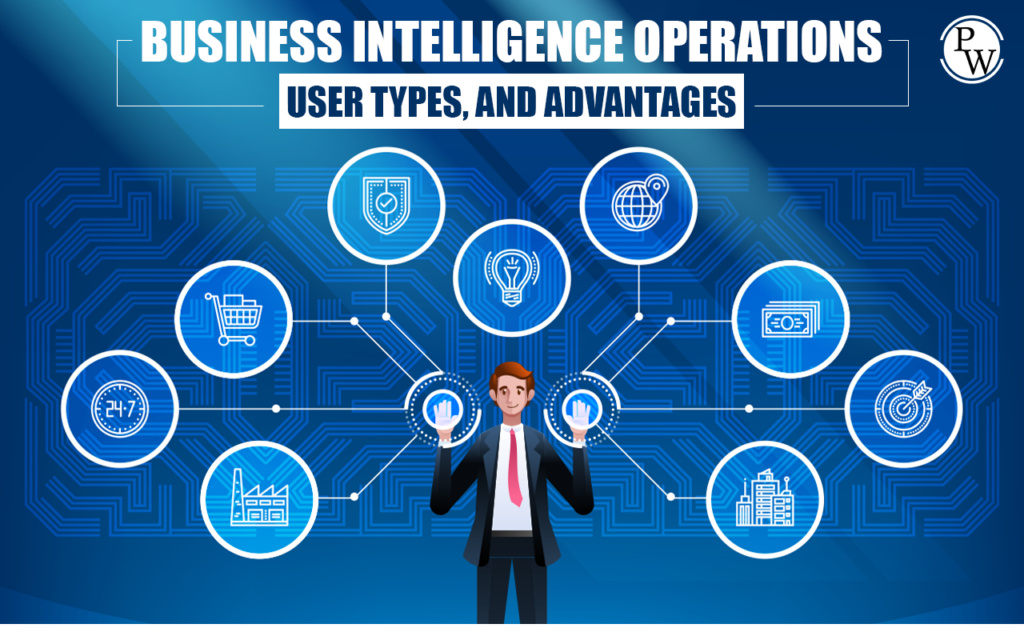Data Exchanges and Clean Rooms are essential tools for teams in the data market to leverage complex datasets effectively and achieve measurable outcomes. In this article, we will delve into the core concepts of Data Exchanges and Clean Rooms, addressing the problem they solve, the foundational elements required for implementation, and the key performance indicators to monitor. You will gain insights on prioritizing data sources, selecting appropriate models, and establishing lightweight governance processes that foster agile delivery. Throughout this discussion, we aim to keep the terminology approachable for beginners and stakeholders, ensuring actionable insights without overwhelming technical jargon.
Data Exchanges and Clean Rooms play a pivotal role in transforming raw data into valuable insights and strategies. To begin with, understanding the problem at hand is crucial – data markets often grapple with complex datasets that require meticulous processing and analysis. By implementing Data Exchanges, organizations can streamline data sharing agreements and frameworks, enabling smoother collaboration and knowledge exchange among stakeholders. On the other hand, Clean Rooms ensure data privacy and security, offering a controlled environment for data processing while safeguarding sensitive information. These complementary strategies form the foundation for effective data utilization and decision-making.

In conclusion, Data Exchanges and Clean Rooms provide a structured framework for data market teams to harness the power of data analytics and derive actionable insights. By addressing data complexity, ensuring privacy compliance, and establishing clear governance practices, organizations can unlock the full potential of their data assets. As you embark on your data journey, remember the significance of prioritizing data integrity, implementing robust models, and cultivating a culture of data proficiency within your team. Embrace the opportunities that Data Exchanges and Clean Rooms offer, and steer your organization towards data-driven success.



